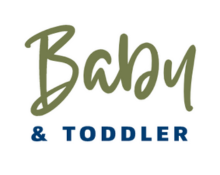
Hand expressing is a technique that allows you to manually express breast milk from your breasts without the use of a breast pump. Here’s a step-by-step guide on how to hand express:
Wash your hands: Before starting, make sure to wash your hands thoroughly with soap and water.
Find a comfortable position: Choose a comfortable and relaxed position, such as sitting in a supportive chair or leaning slightly forward. You can also lean over a towel or basin to catch the milk.
Stimulate your breasts: Gently massage or apply warm compresses to your breasts for a few minutes before expressing. This helps stimulate milk flow.
Cup your breast: Create a “C” shape with your hand by placing your thumb on top of your breast and your other fingers underneath, about an inch or so away from the base of the nipple.
Compress and release: Press your thumb and fingers together to compress the breast gently, starting away from the nipple base and moving towards it. Apply a gentle, rhythmic pressure and release, like a rolling motion. Avoid pinching or squeezing too hard, as it can be uncomfortable or cause nipple pain.
Collect the milk: Allow the expressed milk to flow into a clean container, such as a sterile bottle or breast milk storage bag. You can also use a spoon or a cup to catch the milk if desired.
Switch sides: Once you’ve expressed milk from one breast, switch to the other breast and repeat the process.
Massage and compress different areas: As you hand express, try massaging and compressing different areas of the breast to fully empty the milk ducts. This can help increase milk production and prevent clogged ducts.
Practice and experiment: Hand expressing may take some practice to find the right technique and rhythm that works best for you. Adjust your hand position and pressure as needed until you find a comfortable and effective method.
Remember, hand expressing may not yield as much milk as a breast pump, especially initially. It can be a useful technique for occasional milk expression, relieving engorgement, or when a breast pump is not readily available. If you have specific concerns or difficulties with breastfeeding or milk production, consult with a lactation consultant or healthcare professional for personalized guidance and support.
